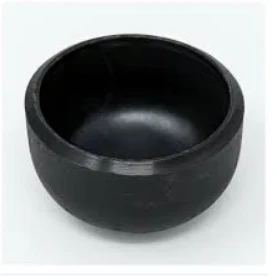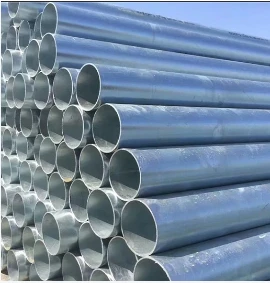Albue
Steel pipe elbows are essential fittings used in piping systems to change the direction of flow, typically at angles of 90 or 45 degrees. Made from high-quality steel, these elbows are crucial components in various industries, including oil and gas, construction, and manufacturing. Their design ensures smooth transitions between pipes, optimizing fluid flow and enhancing the overall efficiency of the system.
Steel pipe elbows are widely used in several applications, including Oil and Gas, Water Supply Systems, HVAC Systems and so on.
-
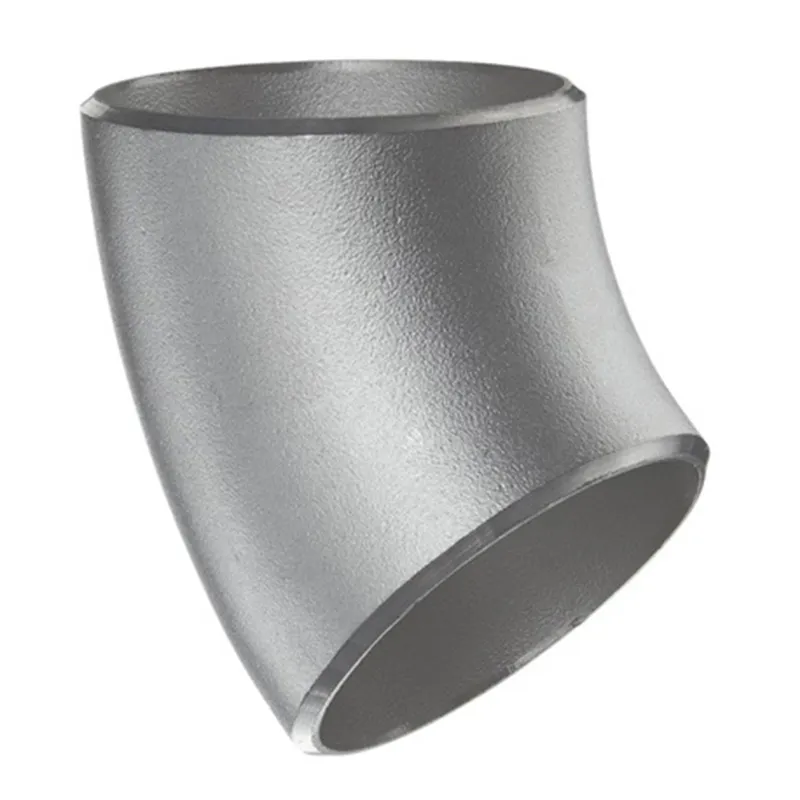
JIS B2311 Butt-Welding Fittings LR/SR 45°/90° /180°Seamless/Weld
-
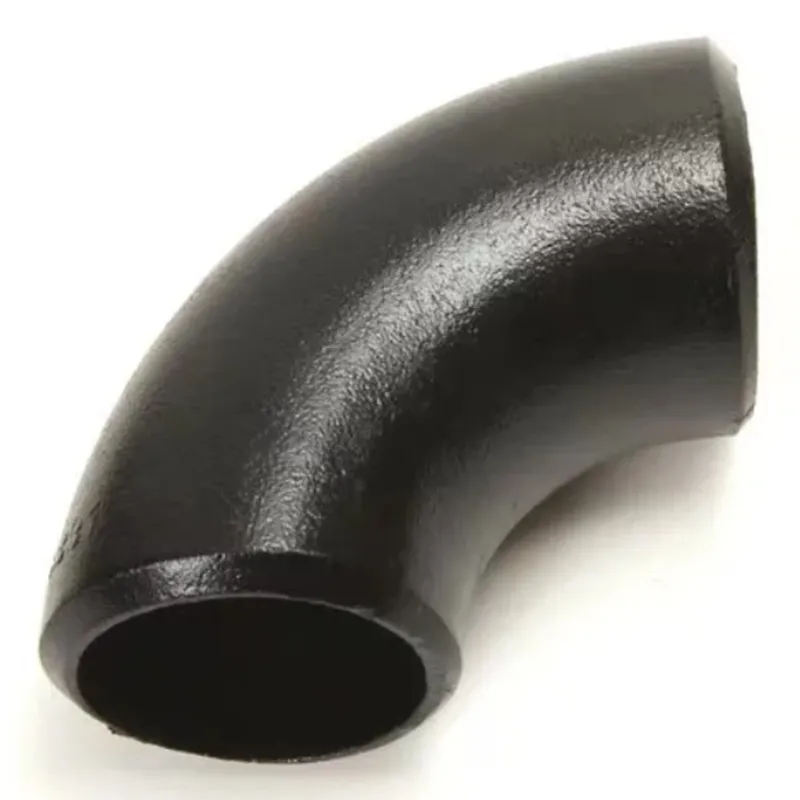
DIN2605-2617 Butt-Welding Fittings LR/SR 45°/90°/180° Seamless/Weld
-
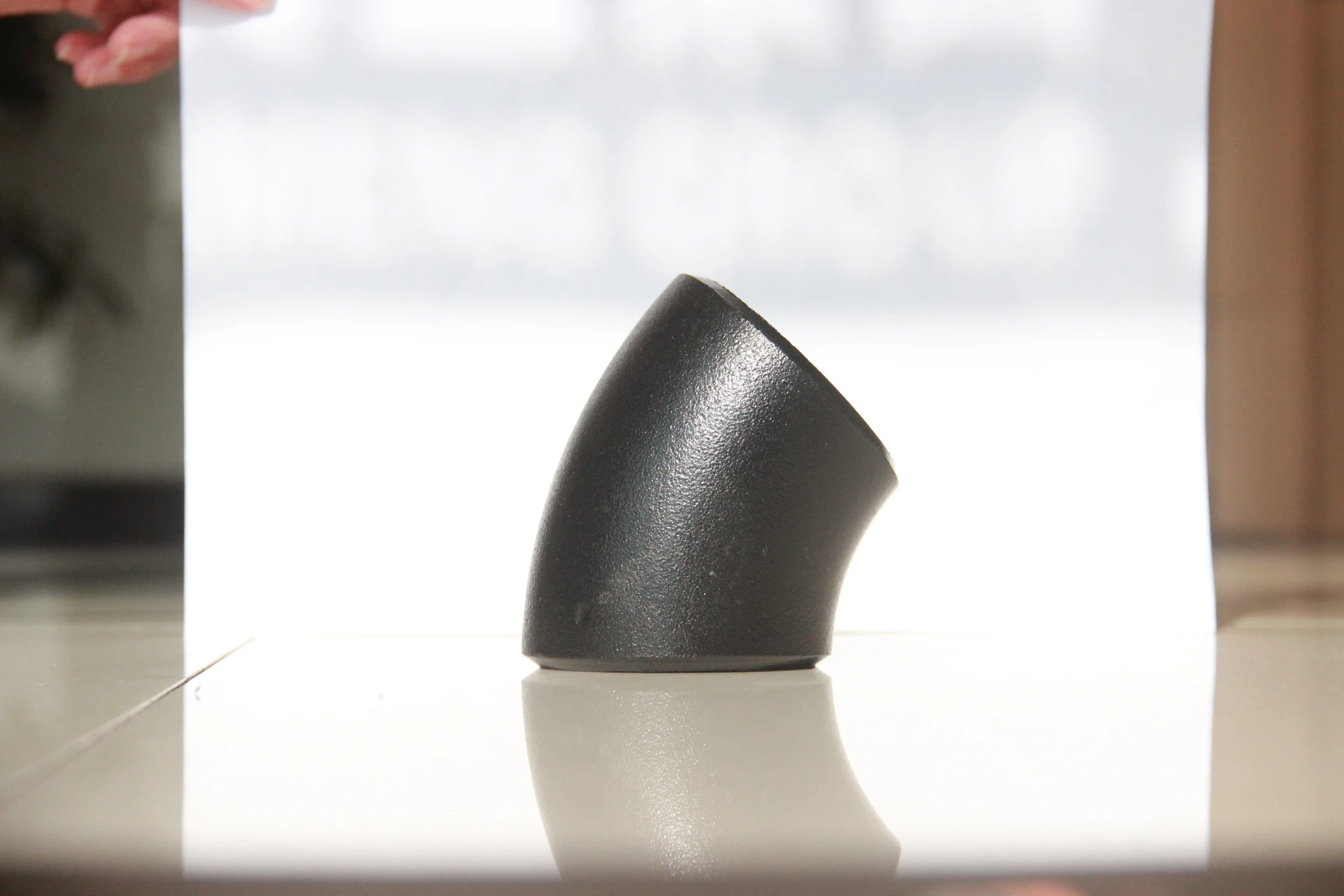
ANSI/ASME B16.9 BUTT-WELDING FITTINGS LR/SR 45°/90°/180° Seamless/Weld
-
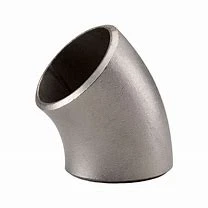
-
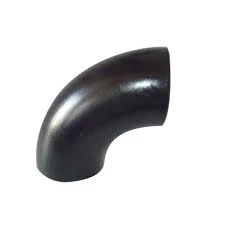
-
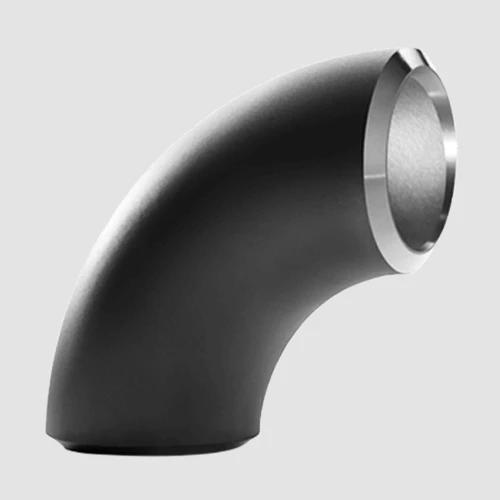
-
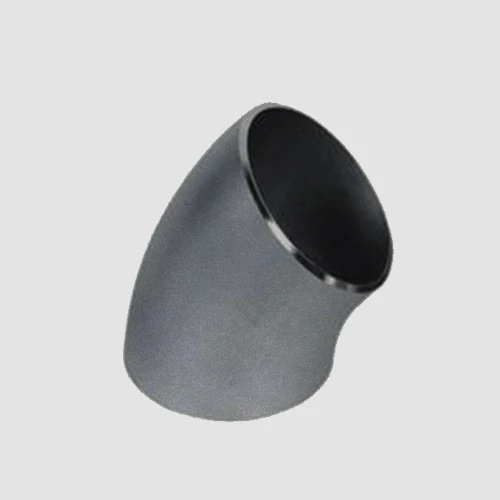
-
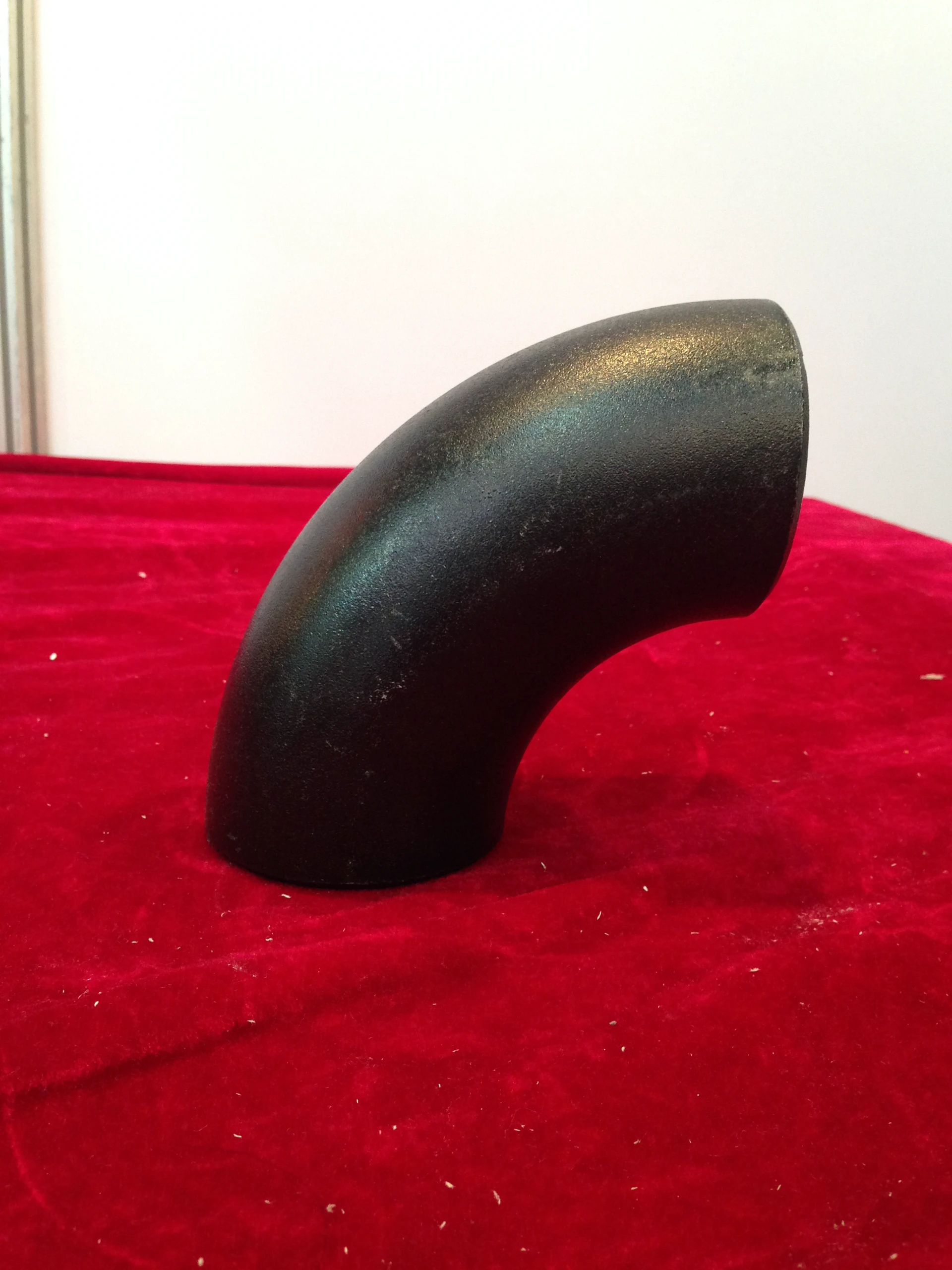
-
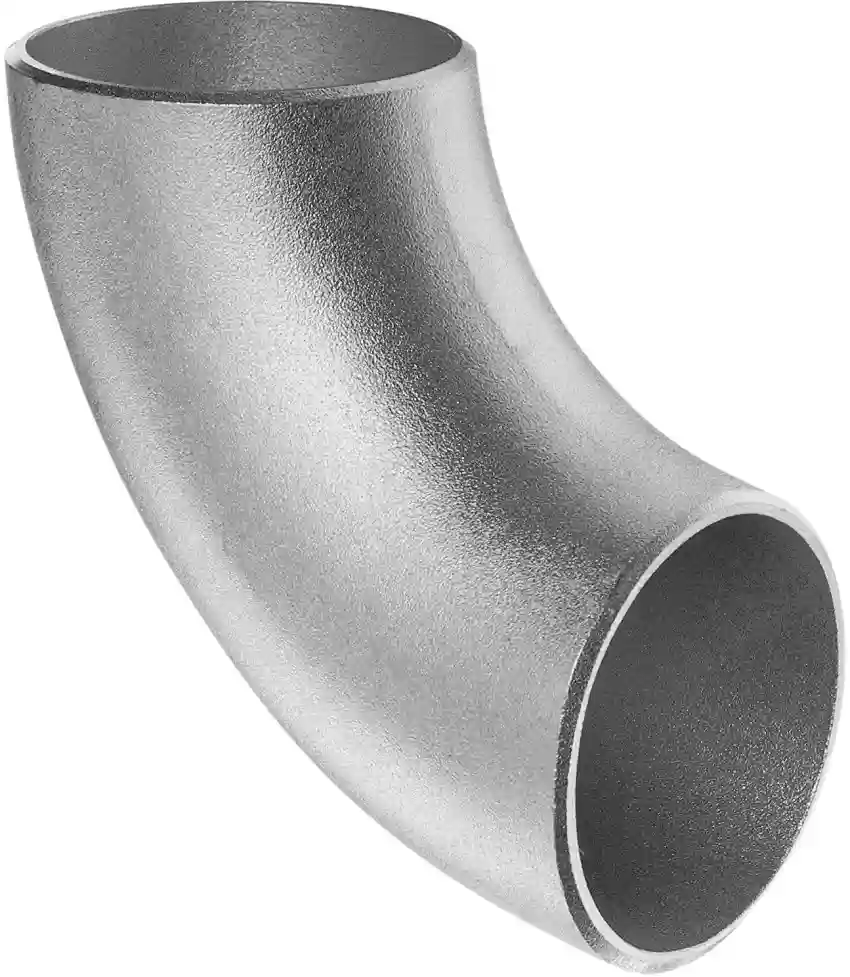
-
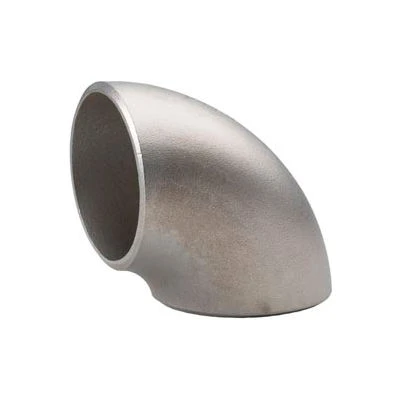
The Importance of Steel Pipe Elbows in Fluid Dynamics
Steel pipe elbows play a crucial role in the field of fluid dynamics, serving as essential fittings that facilitate the efficient transport of liquids and gases within piping systems. These components are designed to change the direction of flow, typically at angles of 45 or 90 degrees, allowing for flexible routing in various industrial applications.
Flow Management With Steel pipe elbows
One of the primary functions of steel pipe elbows is to manage the flow of fluids. When fluid moves through a piping system, maintaining a smooth, uninterrupted flow is vital to minimize turbulence and pressure drops. Steel elbows are engineered to provide a seamless transition between sections of pipe, reducing the risk of cavitation and ensuring that the fluid maintains its velocity. This is especially important in systems where pressure stability is critical, such as in oil and gas pipelines or water distribution networks.
Minimizing Pressure Loss About Steel pipe elbows
The design of steel pipe elbows significantly impacts pressure loss in a system. Unlike sharp bends, which can create excessive turbulence and energy loss, well-constructed elbows promote smoother flow paths. By minimizing resistance and pressure drops, these fittings contribute to the overall efficiency of the system, which can lead to lower operational costs and enhanced performance.
Material Integrity of Steel pipe elbows
Steel pipe elbows also contribute to the structural integrity of a piping system. Their robust construction allows them to withstand high pressures and temperatures, making them suitable for demanding environments. The use of high-quality materials, such as carbon steel or stainless steel, ensures durability and resistance to corrosion, which is critical in maintaining long-term performance.
The Role of Steel Pipe Elbows in Fluid Flow Optimization
Steel pipe elbows are critical components in piping systems, serving to change the direction of fluid flow. Their design and configuration play a significant role in optimizing fluid dynamics, which can greatly affect the efficiency and performance of various industrial processes.
Directional Changes and Flow Management About Steel pipe elbows
The primary function of a steel pipe elbow is to redirect the flow of fluids—typically at angles of 45 or 90 degrees. This directional change can help to navigate around obstacles in a piping system, ensuring that the flow continues smoothly without unnecessary detours. Properly designed elbows facilitate smoother transitions, minimizing turbulence that can lead to pressure drops and energy losses.
Reducing Pressure Loss With Steel pipe elbows
One of the most important aspects of fluid flow optimization is maintaining pressure throughout the system. Elbows with a larger radius—commonly referred to as long-radius elbows—are designed to reduce the impact of flow turbulence and pressure loss compared to short-radius elbows. By offering a gentler turn, long-radius elbows allow fluids to move more freely, resulting in improved efficiency and reduced energy consumption.
Enhancing System Longevity With Steel pipe elbows
Efficient fluid flow is not only about maintaining pressure; it also contributes to the overall longevity of the piping system. Turbulence and pressure drops can lead to increased wear and tear on pipes and fittings, potentially causing leaks or failures over time. By incorporating well-designed steel pipe elbows, engineers can mitigate these risks, extending the life of the piping infrastructure.







